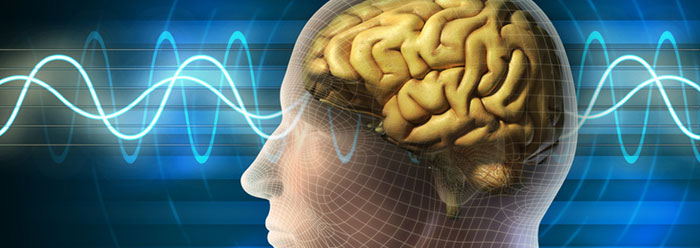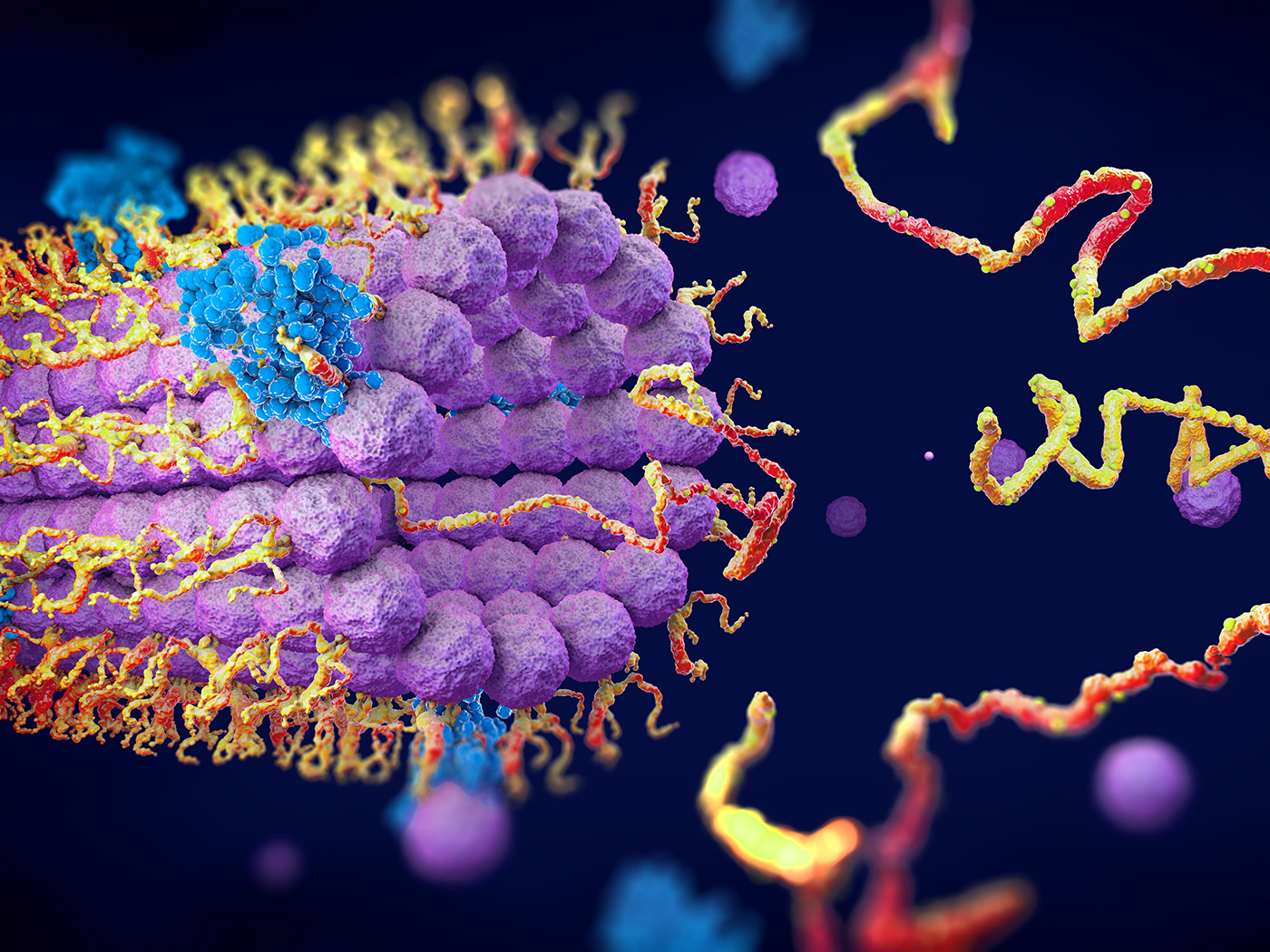Did the human brain evolve from an ape-like brain? Two new reports describe four human genes named SRGAP2A, SRGAP2B, SRGAP2C, and SRGAP2D, which are located in three completely separate regions on chromosome number 1.1 They appear to play an important role in brain development.2 Perhaps the most striking discovery is that three of the four genes (SRGAP2B, SRGAP2C, and SRGAP2D) are completely unique to humans and found in no other mammal species, not even apes.
While each of the genes share some regions of similarity, they are all clearly unique in their overall structure and function when compared to each other. Evolutionists claim that an original version of the SRGAP2 gene inherited from an ape-like ancestor was somehow duplicated, moved to completely different areas of chromosome 1, and then altered for new functions. This supposedly occurred several times in the distant past after humans diverged from an imaginary ancestor in common with chimps.
But this story now wields major problems. First, when compared to each other, the SRGAP2 gene locations on chromosome 1 are each very unique in their protein coding arrangement and structure. The genes do not look duplicated at all. The burden of proof is on the evolutionary paradigm, which must explain how a supposed ancestral gene was duplicated, spliced into different locations on the chromosome, then precisely rearranged and altered with new functions—all without disrupting the then-existing ape brain and all by accidental mutations.
The second problem has to do with the exact location of the B, C, and D versions of SRGAP2. They flank the chromosome’s centromere, which is a specialized portion of the chromosome, often near the center, that is important for many cell nucleus processes, including cell division and chromatin architecture.3 As such, these two regions near the centromere are incredibly stable and mutation-free due to an extreme lack of recombination. There is no precedent for duplicated genes even being able to jump into these super-stable sequences, much less reorganizing themselves afterwards.
The fact that three newly discovered genes that are completely unique to humans and found in no other known mammal species has been cleverly obfuscated in evolutionary verbiage. Clearly this is yet another major genetic discovery that invalidates human evolution and shows that we are created uniquely "in the image of God" as the book of Genesis teaches.
References
- Dennis, M.Y. et al. 2012. Evolution of Human-Specific Neural SRGAP2 Genes by Incomplete Segmental Duplication. Cell. 149: 912-922.
- Charrier, C. et al. 2012. Inhibition of SRGAP2 Function by Its Human-Specific Paralogs Induces Neoteny During Spine Maturation. Cell. 149: 923-935.
- Thomas, B. Genomes Have Remarkable 3-D Organization. Creation Science Updates. Posted on icr.org November 15, 2010, accessed May 15, 2012.
* Dr. Tomkins is Research Associate at the Institute for Creation Research and received his Ph.D. in Genetics from Clemson University.
Article posted on May 23, 2012.
























